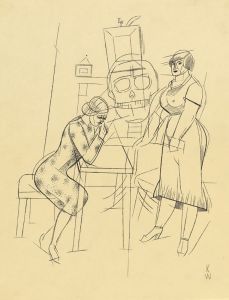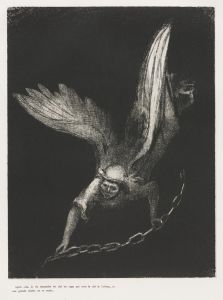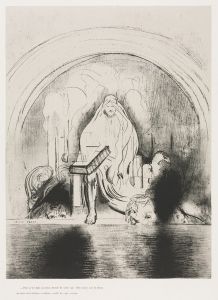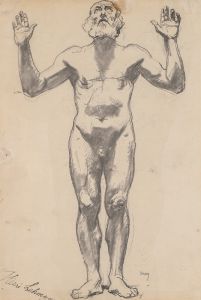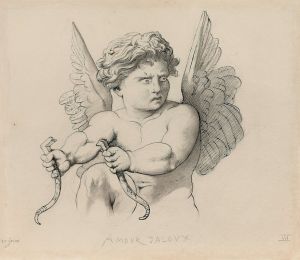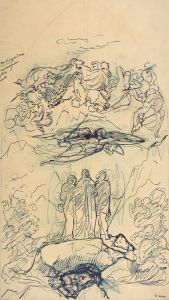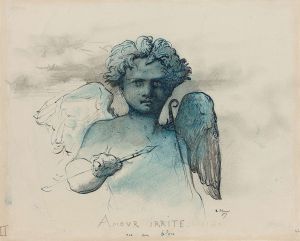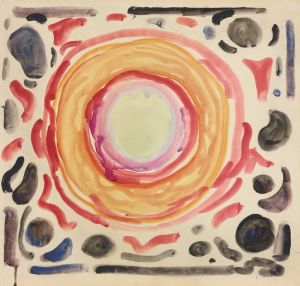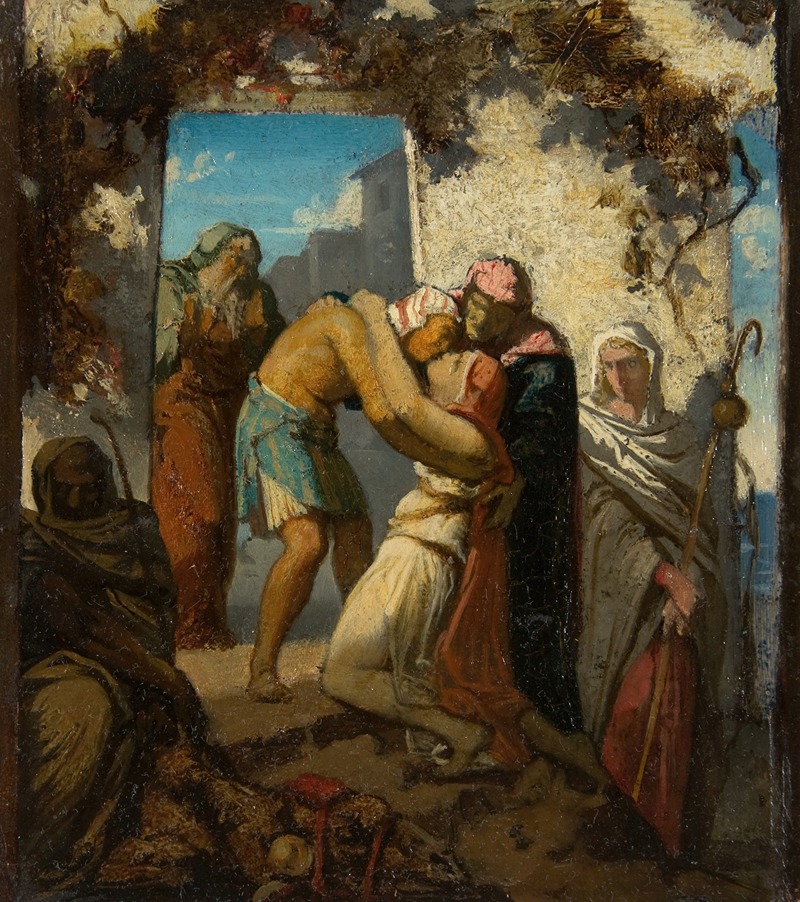
A Scene from the Story of Tobit
A hand-painted replica of Henri Lehmann’s masterpiece A Scene from the Story of Tobit, meticulously crafted by professional artists to capture the true essence of the original. Each piece is created with museum-quality canvas and rare mineral pigments, carefully painted by experienced artists with delicate brushstrokes and rich, layered colors to perfectly recreate the texture of the original artwork. Unlike machine-printed reproductions, this hand-painted version brings the painting to life, infused with the artist’s emotions and skill in every stroke. Whether for personal collection or home decoration, it instantly elevates the artistic atmosphere of any space.
Henri Lehmann's painting "A Scene from the Story of Tobit" is a notable work that draws inspiration from the biblical Book of Tobit, which is part of the Apocrypha in the Christian tradition. Henri Lehmann (1814-1882) was a French painter of German origin, known for his contributions to the academic art movement in the 19th century. Lehmann was a student of the renowned artist Jean-Auguste-Dominique Ingres, and his works often reflect the neoclassical style and meticulous attention to detail that characterized his mentor's influence.
"A Scene from the Story of Tobit" depicts a moment from the narrative of Tobit, a devout and righteous Israelite who, despite his piety, faces numerous trials and tribulations. The story is set during the Assyrian captivity of the Israelites and follows Tobit, his son Tobias, and the archangel Raphael. The narrative is rich with themes of faith, divine intervention, and familial duty.
In the painting, Lehmann captures a specific episode from the story, though the exact scene depicted can vary based on different interpretations of the artwork. Commonly illustrated scenes from the Book of Tobit include Tobias being guided by Raphael, the healing of Tobit's blindness, or Tobias catching a fish that plays a crucial role in the story. Lehmann's portrayal is likely to focus on one of these significant moments, emphasizing the emotional and spiritual dimensions of the narrative.
Lehmann's technique in this painting showcases his skill in rendering human figures with grace and precision. The composition typically features carefully arranged characters, with a focus on their expressions and interactions, which convey the underlying drama and moral lessons of the story. The use of light and shadow, as well as the detailed backgrounds, are characteristic of Lehmann's style and contribute to the overall impact of the painting.
The painting reflects Lehmann's academic training and his ability to blend classical elements with a narrative richness that engages the viewer. His works, including "A Scene from the Story of Tobit," are part of a broader tradition of religious and historical painting that sought to educate and inspire through visual storytelling.
Henri Lehmann's contributions to art extended beyond his paintings. He was also a respected teacher at the École des Beaux-Arts in Paris, where he influenced a new generation of artists. His dedication to the principles of academic art and his ability to convey complex narratives through his works have earned him a lasting place in the history of 19th-century art.
While specific details about the provenance and current location of "A Scene from the Story of Tobit" may not be readily available, Lehmann's work continues to be studied and appreciated for its artistic merit and its reflection of the cultural and religious values of his time.






